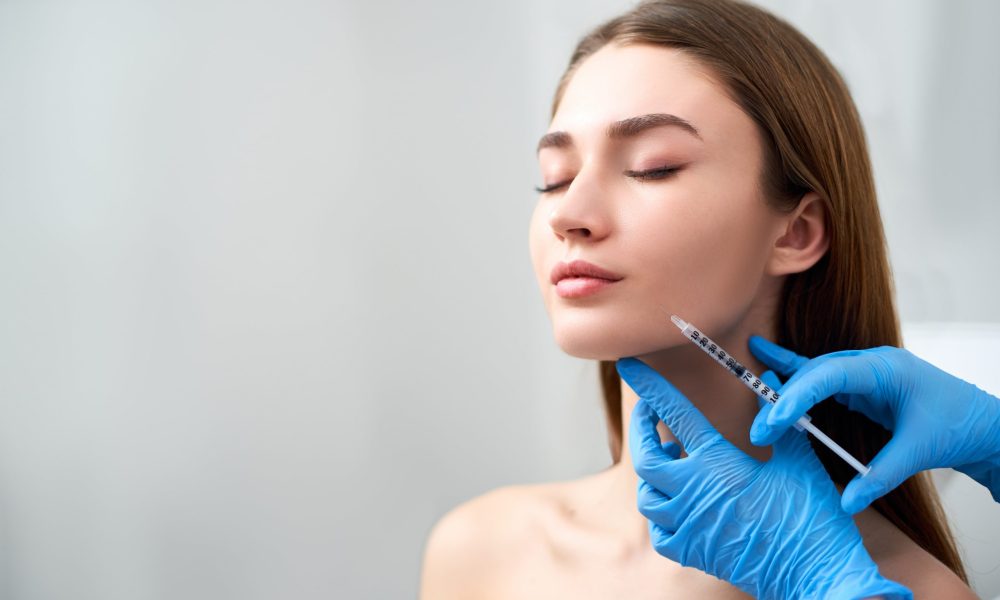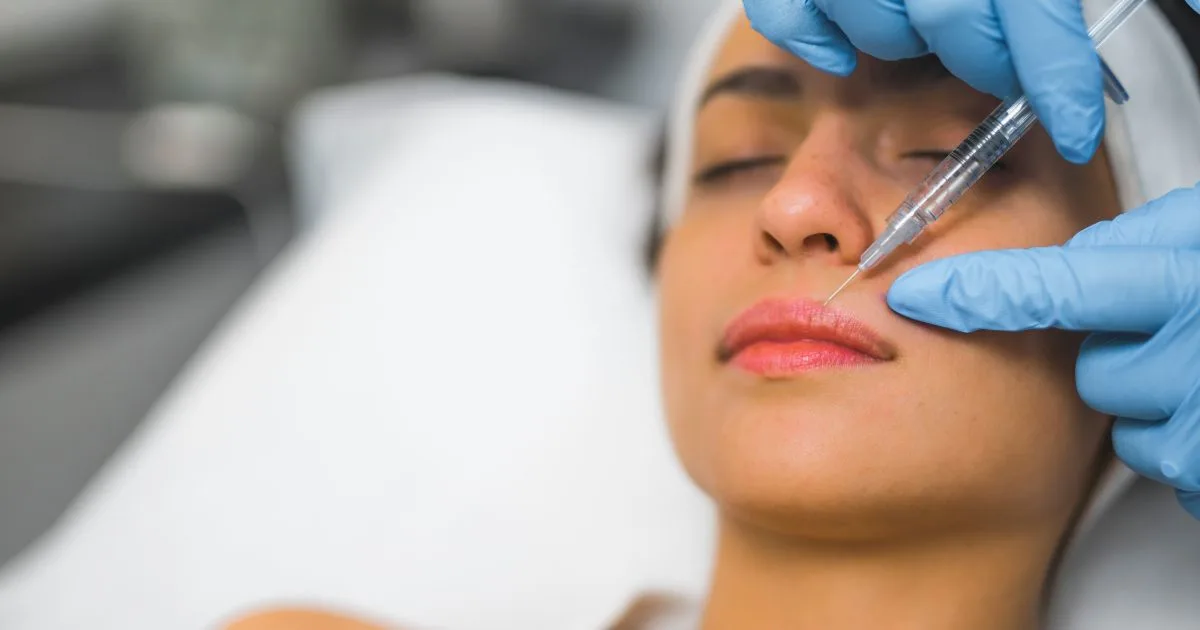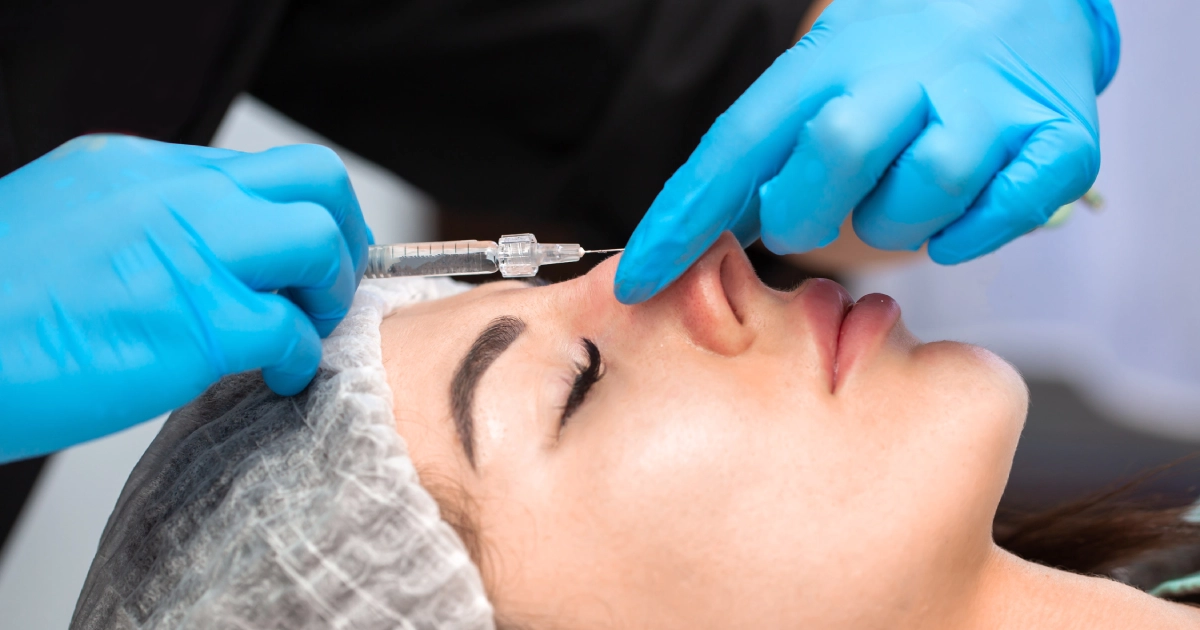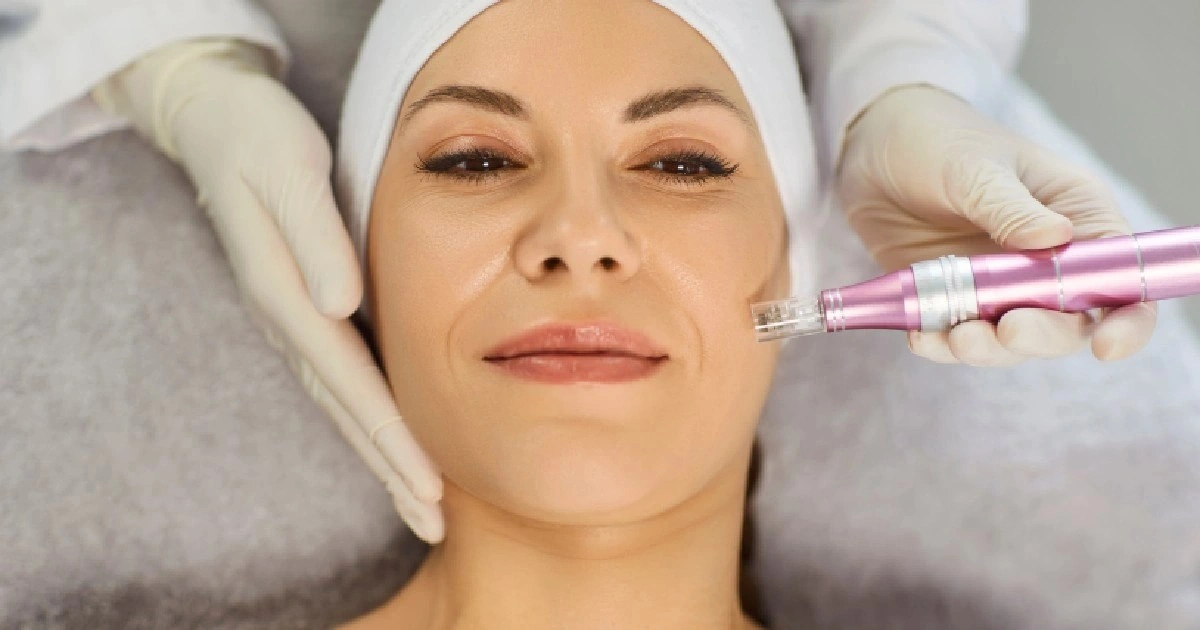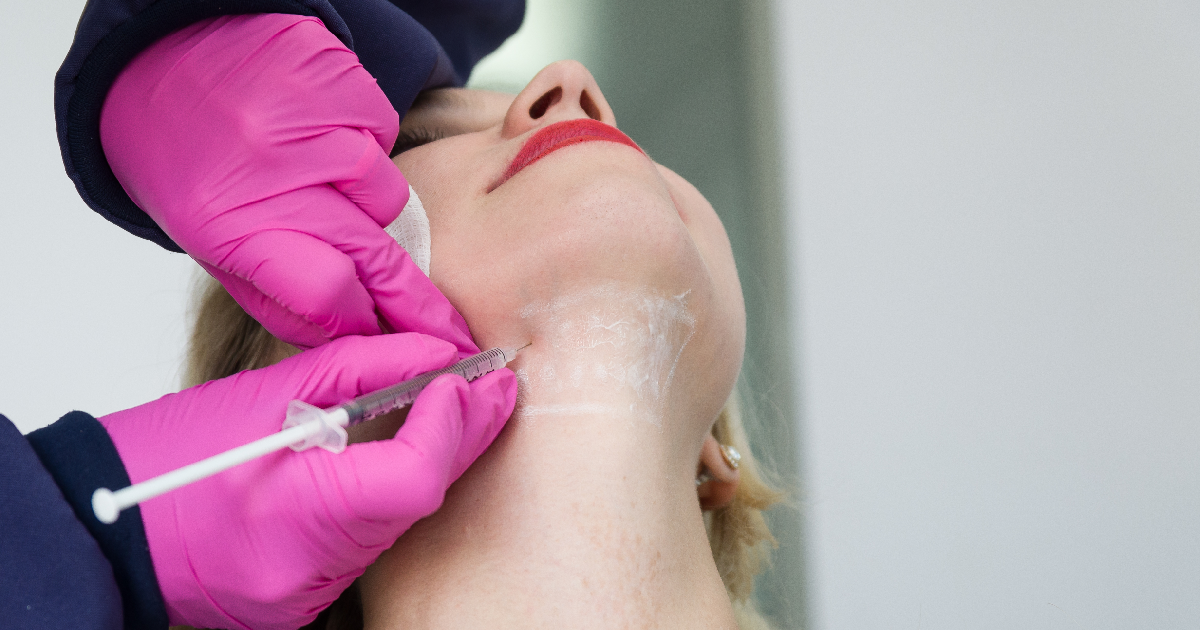Dermal fillers and Botulinum Toxin type A, more commonly known as Botox, are both cosmetic treatments for treating wrinkles. These two have been around for decades and are the most common wrinkle treatments. They are similar in general purpose and administration, but that is where it ends.
Not all wrinkles can be treated with either of the two. If you are looking into these wrinkle treatment options, here are the differences between Botox and dermal fillers to consider.
Dermal Fillers
Dermal fillers are to treat wrinkles and other various signs of aging. It fills areas that have thinned through time. Common areas on the face that slim down would be the cheeks, the lips, and around the mouth. You may also find them sometimes used on hands to hide scars.
It replenishes lost volume beneath the skin and gives a fuller and smoother look. It can correct fine lines, skin folds, and wrinkles, plump up the lips, cheeks, and forehead and reduce the appearance of scarring.
Types of Dermal Fillers
All dermal fillers are administered by injection. There are a handful of types of dermal fillers. Each lasts for different lengths of time and contains varying ingredients.
Here are the FDA-approved fillers in the United States:
- Collagen
Collagen is a natural component of the skin. It is a connective tissue protein that is
Collagen dermal fillers are absorbable material that augments the face. It became famous for its skin-lifting and rejuvenating properties with minimal risks. It is effective for four months before it begins to wear off.
- Hyaluronic acid
An acid that is highly compatible with the human body because it is also naturally found in human skin. It has superb water-absorbing properties; it can absorb up to 100 percent of its weight.
It can hold the moisture and volume of the skin, which naturally adds plumpness to the skin and lasts for 6 – 12 months.
- Calcium hydroxylapatite,
Calcium hydroxylapatite is a type of microsphere in a gel carrier. These soft tissue fillers are highly compatible with the human body. However, it’s been discouraged to use it on the lips for the threat of nodule formation.
Although calcium hydroxylapatite is biosynthetically produced, it can be found in our enamel and bone structures. It is generally safe, with very few reports of the body acting against it as a foreign material.
- Poly-L-lactic acid
Poly-L-lactic acid is an artificial material mainly used on the cheeks, lips, chin, and jawline. This synthetic filler triggers your body to produce collagen in the treated areas. Therefore, the results are gradual as it depends on the natural ability to produce collagen instead of just inducing it. But its longevity of up to 2 years makes up for that.
- Polymethylmethacrylate
The Polymethylmethacrylate microspheres are mixed with collagen. The mixed collagen breaks down and is replaced by the collagen produced by your body. They are not reabsorbed by the body, which makes the results long-lasting. These beads are the only semi-permanent dermal filler.
Seek advice from your doctor on which filler to get to achieve your desired result.
Efficacy
The efficacy of dermal fillers depends significantly on what type you’re getting. While most take effect almost immediately, some are gradual in reversing the signs of aging.
Generally, dermal fillers last longer than botox. But you will need maintenance treatments when the initial ones wear off.
Risks, Side Effects, and Post-Treatment Care
As with any medical and cosmetic treatment, getting dermal fillers has risks and side effects. Although it’s possible to experience mild side effects, severe ones are rare.
Immediately after the treatment, you may experience redness, itching, and mild swelling. These effects are typical and should go away within hours or a few days. If they last longer, go to your medical clinic.
Refrain from massaging or scratching the area to avoid further irritation.
Side effects such as numbness, scarring, bruising, and soreness are moderate. These should be gone in a few weeks. A cold compress helps temporarily relieve these side effects.
If you have allergies or medical conditions, discuss this with your doctor to avoid triggering unwanted reactions. Cases of severe side effects mostly happen due to the use of FDA-unapproved tools. Authorized medical clinics use only approved products and tools. Proper administration of the treatment has less possibility of risks post-treatment.
Some drugs and external balms may cause inflammation and irritation. With proper care, side effects should last for only around a month.
Botox
Botox is also used to treat wrinkles and plump up other body parts. It is made from bacteria that freeze the muscles, which does not allow muscle mobility and lessens the appearance of deep wrinkles.
Like dermal fillers, botox is administered by injection. But its primary use is treating deep wrinkles instead of fine lines.
Types of Botox
Botox is not only for the face. Many have had it injected into other body parts, such as the breasts, to add volume. Its anti-aging properties make it one of the primary options for achieving that younger appearance.
- Botox
Botulinum Toxin is a temporary botox treatment that stops nerve signals from going to the muscles of the treated areas. Freezing of the muscles is the bacteria forcing the muscles to contract. It may take a week or two for the results to appear, but the effect can last for at least four months.
- Dysport
Dysport consists of concentrated botulinum toxin type A. It’s another type of botox that stops muscle contraction. It interferes with nerve signals that would otherwise contribute to forming wrinkles. It is preferred against horizontal lines. Dysport can also treat other issues, such as hemifacial spasms and blepharospasm.
Efficacy
Botox results are seen after around a week after the treatment. The side effects are minimal compared with dermal fillers. After treatment, you can immediately continue your daily activities.
The effects can last for at least four months. You will need to have follow-up sessions for maintenance.
Risks, Side Effects, and Post-Treatment Care
Botox side effects occur very little to none. Side effects may include bruising, headache, and mild irritation. Although an overall healthy patient has a very slim chance of getting side effects, there are still precautions to mind.
Post-treatment care includes but is not limited to: avoiding scratching or massaging the area and knowing which products are safe to apply and which medication to take.
Main Differences
Dermal fillers last longer than Botox, but they carry more risks. Botox is the only option between the two for treatments on other parts of the body aside from the face and hands. Botox is used for deep wrinkles, and dermal fillers are for the fine lines caused by collagen breakdown.
Last Words
If you are not sure which treatment to get to achieve your desired younger appearance, it is best to consult your treatment provider. Also, prepare your body for the treatment by staying hydrated and maintaining general health to reduce the risk of side effects.


